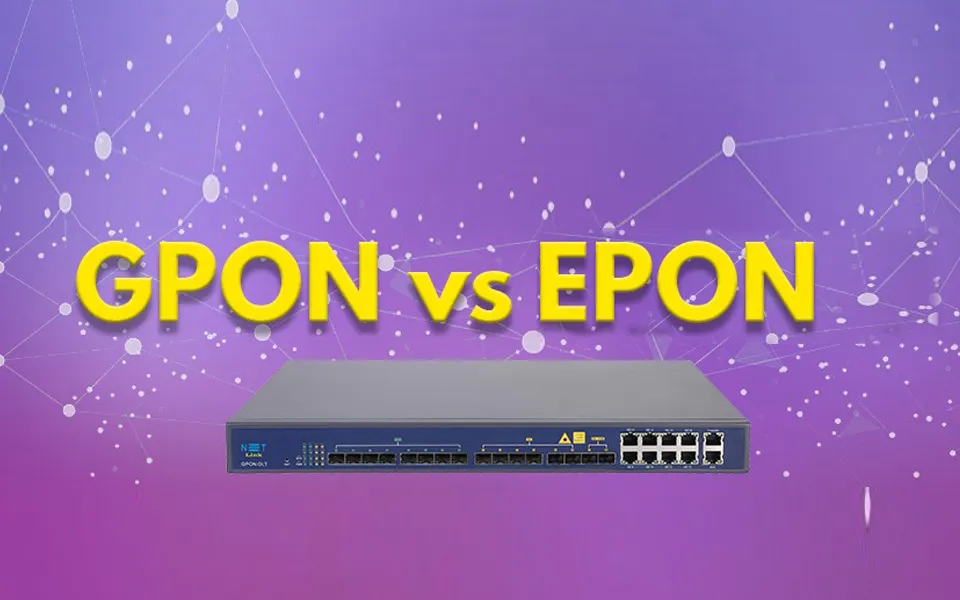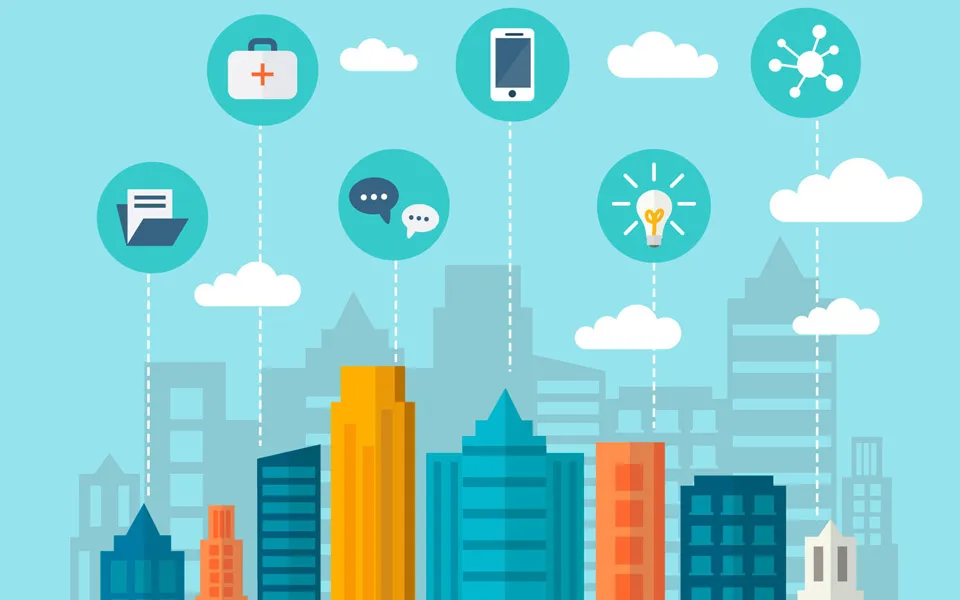EPON vs. GPON: The Fiber Optic Mystique
In the ever-evolving landscape of telecommunications, the battle of the acronyms rages on. Today, we delve into the fascinating world of EPON (Ethernet Passive Optical Networking) and GPON (Gigabit Passive Optical Networking). These two contenders vie for supremacy in the realm of high-speed internet delivery, and understanding their nuances is crucial for anyone navigating the fiber-optic labyrinth.

1. EPON (Ethernet Passive Optical Networking)
The Basics:
– EPON stands for Ethernet Passive Optical Network.
– Unlike its predecessor, ATM (Asynchronous Transfer Mode), EPON embraces the simplicity of Ethernet packets.
– It’s all about IP (Internet Protocol): EPON carries data, voice, and video over the same network.
– Speed: EPON typically delivers 1 Gbps symmetrical bandwidth.
– Deployment: EPON finds its niche in fiber-to-the-premises (FTTP) or fiber-to-the-home (FTTH) networks.
– Architecture: Picture a point-to-multipoint setup, where a single optical fiber serves multiple premises or users.
2. GPON (Gigabit Passive Optical Networking)
The Gigabit Champion:
– GPON—the heavyweight contender—stands for Gigabit Ethernet Passive Optical Network.
– It’s a hybrid: GPON uses ATM for voice, Ethernet for data, and a dash of proprietary encapsulation for voice.
– Speed: GPON flexes its muscles with up to 2.5 Gbps downstream and upstream bandwidths.
– Deployment: GPON reigns supreme in fiber-to-the-home (FTTH) networks.
– Features:
– Quality of Service (QoS): GPON ensures smooth sailing with its robust QoS capabilities.
– OAM (Operations, Administration, and Management): GPON comes fully equipped with management functions.
– Ethernet Access: GPON opens the door to Ethernet-based services for end-users.
Key Differences:
- Wavelength Division Multiplexing (WDM):
– Both EPON and GPON fall under the umbrella of PON (Passive Optical Networking).
– PON employs WDM, cleverly using one wavelength for downstream traffic and another for upstream traffic on a single fiber.
– GPON and EPON share this fundamental concept but diverge in their finer details.
- Deployment Areas:
– GPON’s sweet spot? FTTH networks.
– EPON, on the other hand, finds its home in FTTP or FTTH deployments.
- Bandwidth Battle:
– GPON flaunts its 2.5 Gbps downstream and upstream speeds.
– EPON humbly offers 1 Gbps in both directions.
GPON Home Gateways: Unleashing the Power
– Imagine a sleek device sitting in your living room—the GPON home gateway.
– These gateways are the unsung heroes, bridging the gap between high-speed fiber-optic networks and your cozy abode.
– What do they do?
– High-Speed Internet: GPON gateways ensure lightning-fast internet access.
– VoIP Services: Voice over IP (VoIP) calls? Check.
– Video Streaming: Movie night? Sorted.
– Who benefits?
– ISPs (Internet Service Providers): They rely on GPON home gateways to deliver seamless connectivity.
– Telecommunications Companies: GPON gateways empower them to serve residential users effectively.
– Brands like CommScope Home Networks offer cutting-edge GPON and XGS-PON gateways. These devices come armed with Wi-Fi 6/6E/7 and 10G/2.5G Ethernet, extending the power of PON throughout your home network.
How Horizon Powered Can Help:
Horizon Powered, a leading provider of networking solutions, offers state-of-the-art GPON home gateways.
With Horizon’s expertise, ISPs and telecom companies can enhance their service offerings.
Whether it’s seamless internet access, crystal-clear VoIP calls, or buffer-free video streaming, Horizon’s GPON gateways ensure a superior user experience.
Explore the future of fiber-optic connectivity with Horizon Powered—where innovation meets reliability.
Whether you’re team EPON or team GPON, these optical networking technologies shape our digital lives. So next time you stream a movie or make a VoIP call, remember the silent workhorses—the GPON home gateways—making it all possible.








